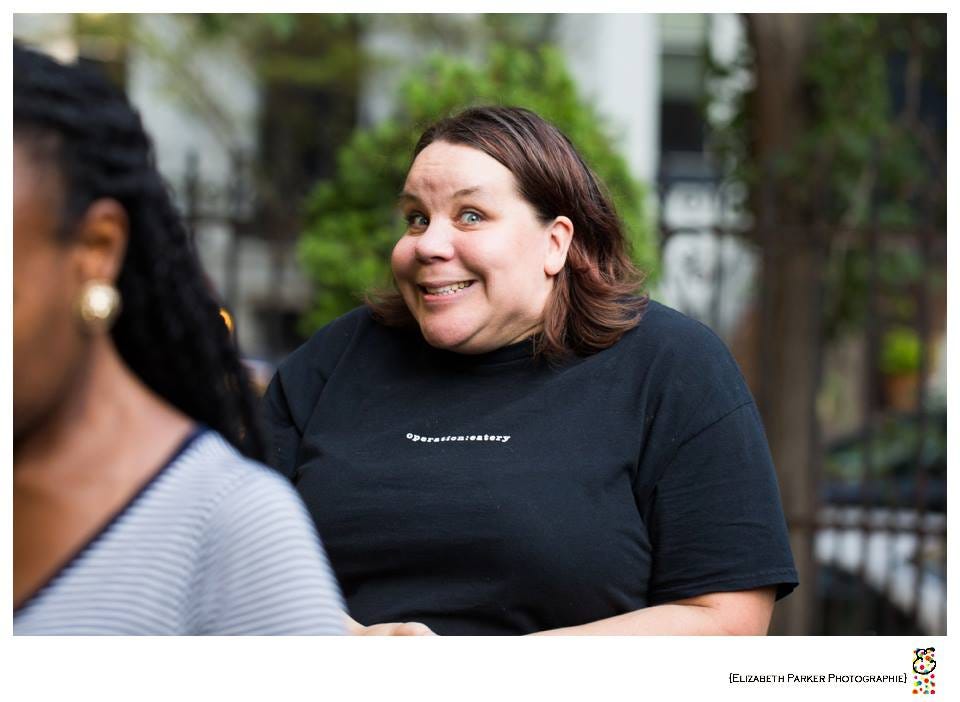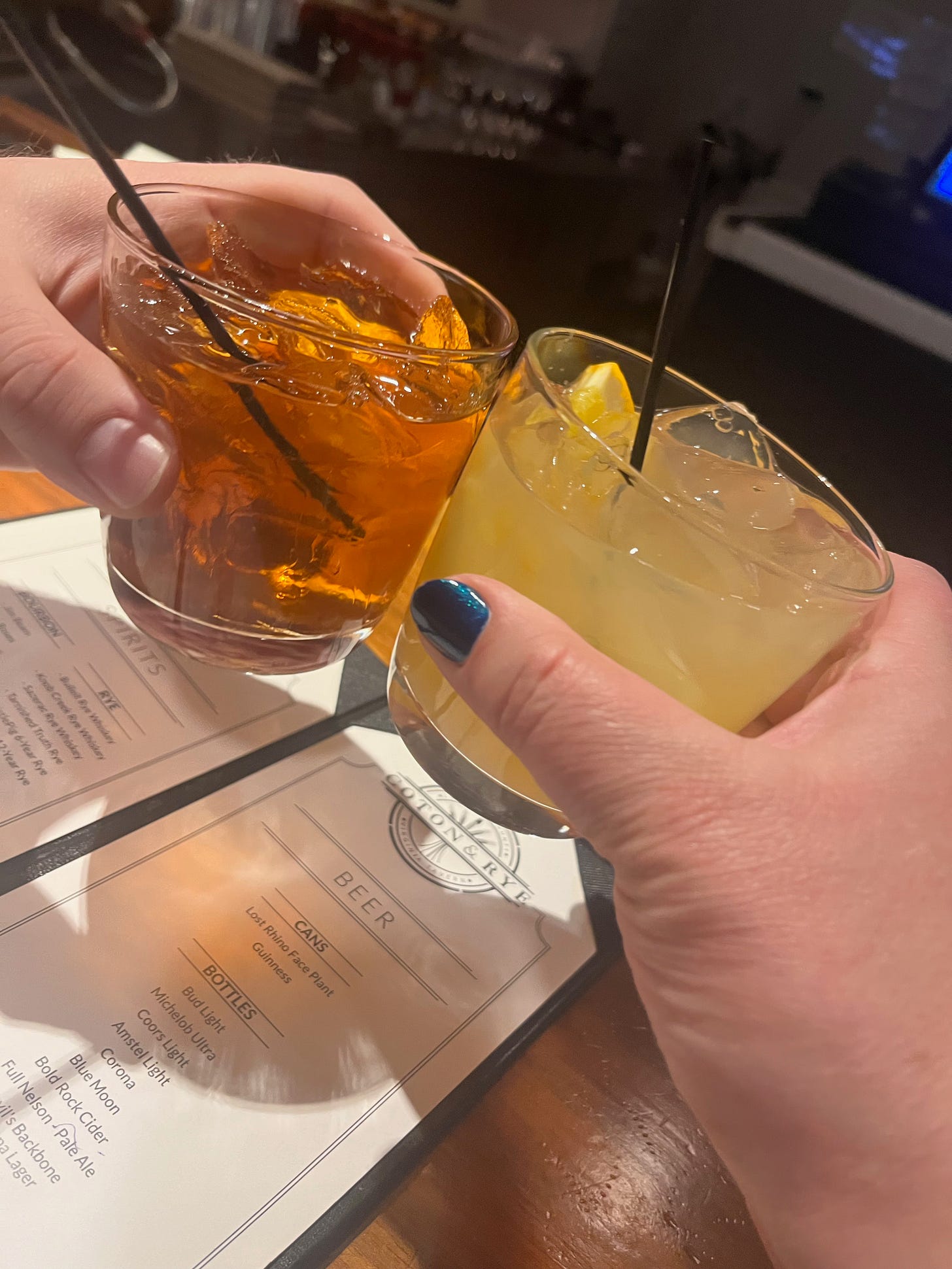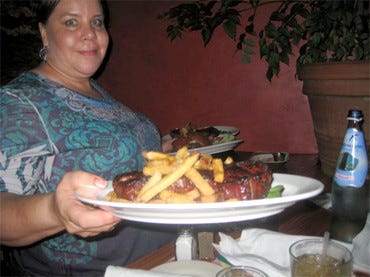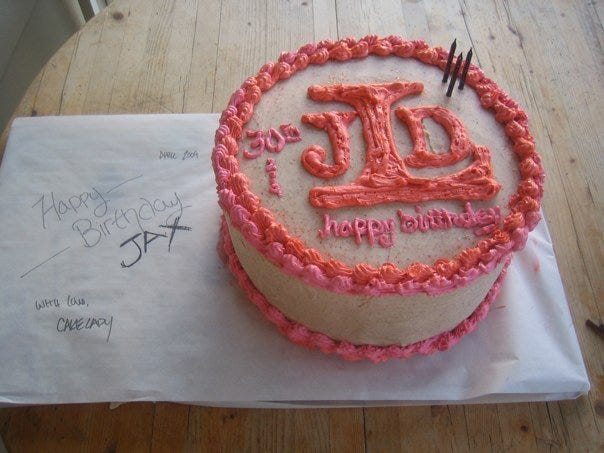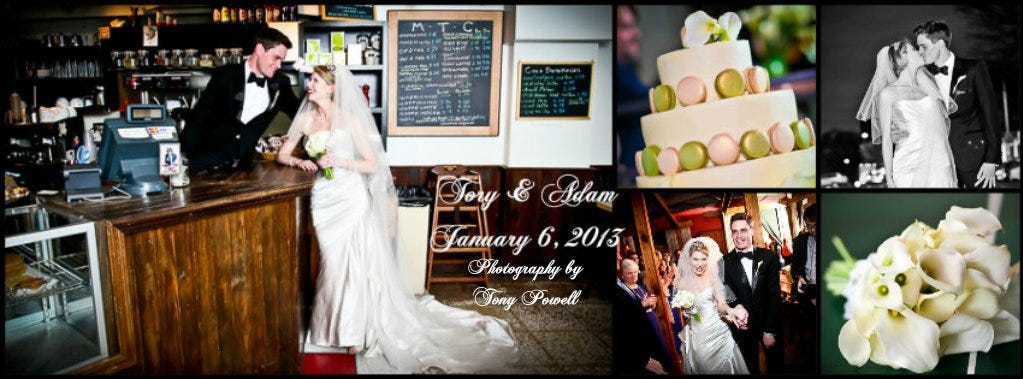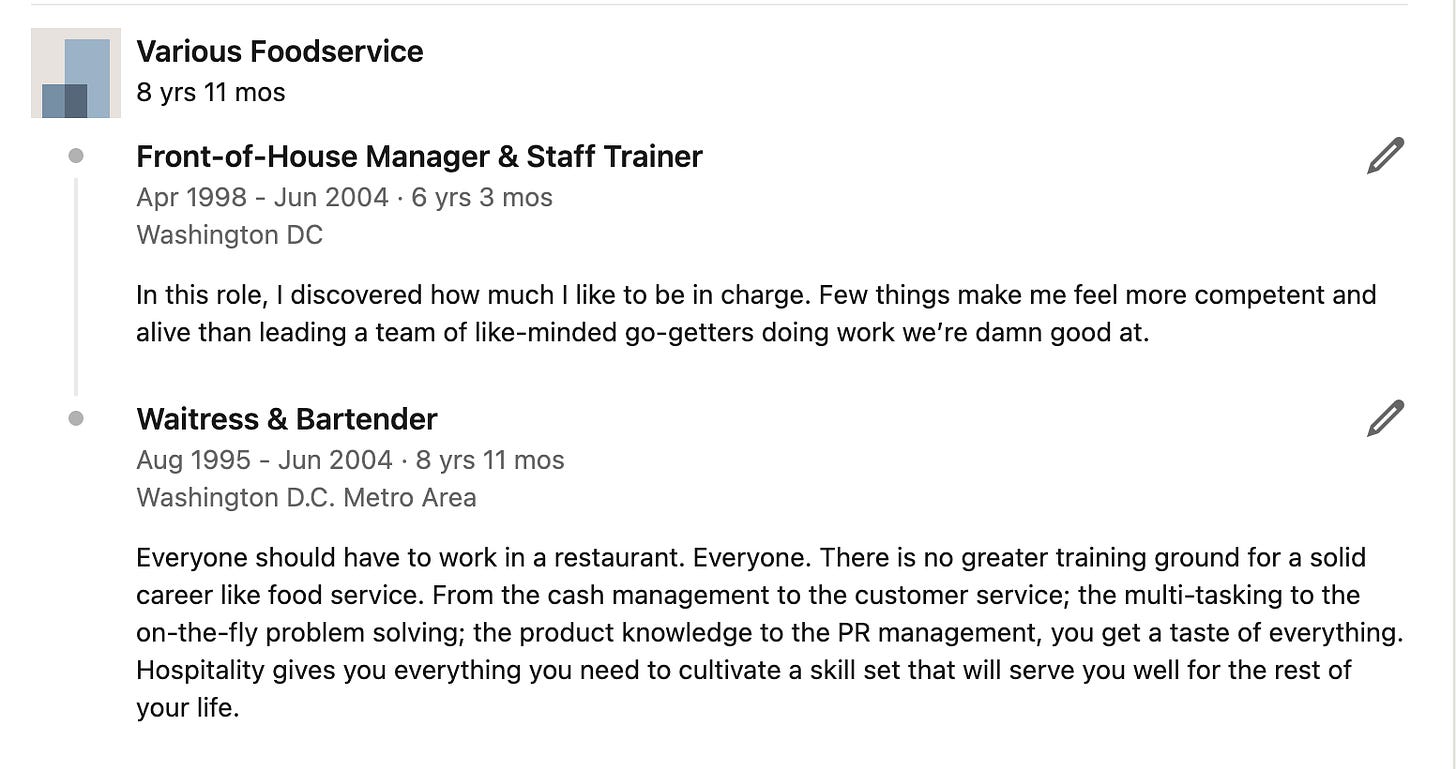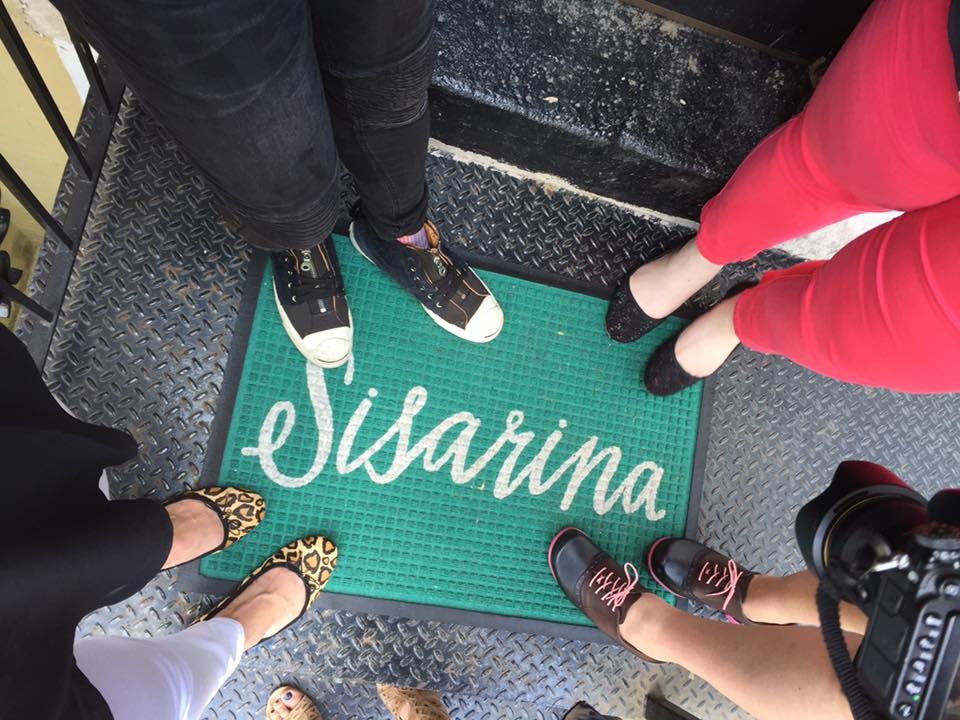If you’ve ever spun out in anxiety about communicating an unconventional or non-linear career on LinkedIn, I am here to offer some solace in storytelling.
Picture it. DC in the Clinton years. Your girl deftly ducking between crowded bistro tables covered in the oilcloth that had outlived many long-time customers, stoically enduring years of ½ price burger nites, Meatloaf Wednesdays, London Broil Thursdays, and all-you-can-eat Sunday brunch buffets, and oversized tray loaded with food, drink, and the accouterments of dinner service.
At this point of my restaurant career, I was a decade in. You could safely say that I had successfully worked my way through college and then some. Hot damn was your girl good at it. I never had to write anything down and enjoyed a penchant for customer clairvoyance that came from a little bit of intuition and a lifetime of fat girl people pleasing.
I was the type of server people came back for time and time again. I may not always remember your name, but I knew what you liked to drink…and how often you wanted a refill. I had mad product knowledge; my description of a turkey club would make Gordon Ramsey sit up and notice. My love of food made everything an easy upsell.
I didn’t fall into the cycle of self-loathing many career restaurant people succumb to, one existential crisis after another—I had purpose. I may have been on the seven year plan, but by 2001 I had a job-job, an entry level position using my freshly-minted BA in a small association.
I was only still waiting tables for some extra cash; here and there and on weekends. My days as a waitress were mostly behind me. I was finally on the post-college linear path that builds careers.
Except I didn’t like that job much.
I wasn’t in it long before the long-awaited paycheck/benefits thing was overshadowed by office politics, personality conflicts, and protocol fatigue.
Looking back, I had never had much success in a 9-to-5 situation. I’ve been fired (or quit after a period of pure disgruntle on both sides) in every salaried position that I have ever held…and it wasn’t looking good for this one either. The Executive Director and I were at loggerheads, I had a toxic supervisor, and my heart wasn’t really in the work anymore.
When I would wait tables tho, baby, oooo, I was in the zone. I knew just what to do and how to juggle all of those tables with ease and aplomb.
Here, my snarky personality was an asset, not a liability. It was an “eat what you kill” business model; income rested solely on ability to sell and serve. I was only as rich as I was good at my job, which was a lot of money for a twenty-something with no car or kids living in a junker of an apartment on Capitol Hill in the early aughts.
The more I went to work at the 9-to-5, the unhappier I was. The more I stayed in restaurants, the more I felt in control of my life. I worked the shifts I wanted to work (for the most part; we have all had to work a Monday lunch); I was free to travel, day drink, and have a life outside my job.
When it comes to my own time, I could pretty much write my own ticket and for me, this was living. That office life, not so much.
You can probably guess what happened next….
I left that job and worked in restaurants full-time for the next ten years, moving up from ½ burger night to destination fine dining and serving neighborhood folks and some of Washington’s elite.
I learned more about business bartending in that decade than any degree I could have ever earned or any associate->manager->assistant director->director trajectory could have ever taught me.
I saw how people just like me (who also did not follow a linear career path) could thrive in sovereignty and creative expression. I understood how restaurants work within the construct of the industry itself.
Restaurant work is where I learned that the intersection of the customer experience and the employee touchpoint is the single most significant influencer on repeat business and that coveted word-of-mouth we all crave.
While I worked in restaurants I had the freedom and the resources to try my hand at all kinds of entrepreneurial endeavors and side hustles: catering, event planning, personal chef. I pooled talent and together we worked our asses off to try to break out of the velvet coffin, seeking an exit from the sheer act of working solely for tips.
If you met me in those days, you might think I was a capable person who is going places. You’d see how I took an amalgamation of experiences and shaped them into a sizzling hot industry: foodie culture and food businesses.
You could picture me in any number of roles—an on-site manager, customer service leader, restaurant consultant and staff trainer, restaurant owner, wine sales, service director at a luxury hotel, manager of a few quirky B&Bs, a professional celebration cake baker—and rocking it.
And yet, on LinkedIn, I was a sad sack.
When I was using it like a digital resume, or an online work history, my LinkedIn profile looked like this:
Waitress
Bartender
Failed Entrepreneur
Short term 9-to-5er
Small potatoes catering manager
1-Photo Shop Girl
Undergrad: the seven year plan
It was hard to sell my successes from this perspective. My profile looked like an anemic attempt at a career, experimental and unstable.
I call bullshit.
If you’ve ever waited tables, or working in restaurants in any capacity, frankly, then you are a badass of the highest order. You can only be successful in the role if you have mastered some pretty fundamental business principles: customer service, brand awareness, marketing, management, multitasking, product knowledge, sales, on-the-fly problem solving.
If you do not have the entrepreneurial spirit and the ability to create real feelings of hospitality for people, you’re going to go hungry.
How do you bring THAT story—and the thousands like it from people who came up in retail, fast-food, the gig economy, or a controversial career—and do it justice on LinkedIn?
Do it with truthtelling.
Own the life lessons you learned in your many-splendored career path, even if they are jobs that are often overlooked. Highlight the universally-applicable skills that developed during your time in this role or how it impacted how you work today.
Paint a picture of influence and intention, not of aimless indecision.
Show your audience how you leaned in to unconventional work or McJobs that others dismiss and because of that you’ve come out of that experience with a completely unique perspective that still impacts your work today.
So, if you’ve got even the tiniest case of imposter syndrome and even though you have a fantastic new profile, you’re still not quite sure that you can authentically stake your claim on LinkedIn or a resume, I am here to tell you that you can—and you should!
Even the most rogue career path has a place.
No matter what your story—from waitress to wunderkind, or from folding shirts in retail to advising the C-cuite on how to grow their global retail brand with talent strategy, or from being a suddenly single mom of four with no real resume to speak of to a top performing realtor in the nation's capital—bring it to life with creative writing and a little personal brand strategy.
Life is too short for stories untold.
🍒



